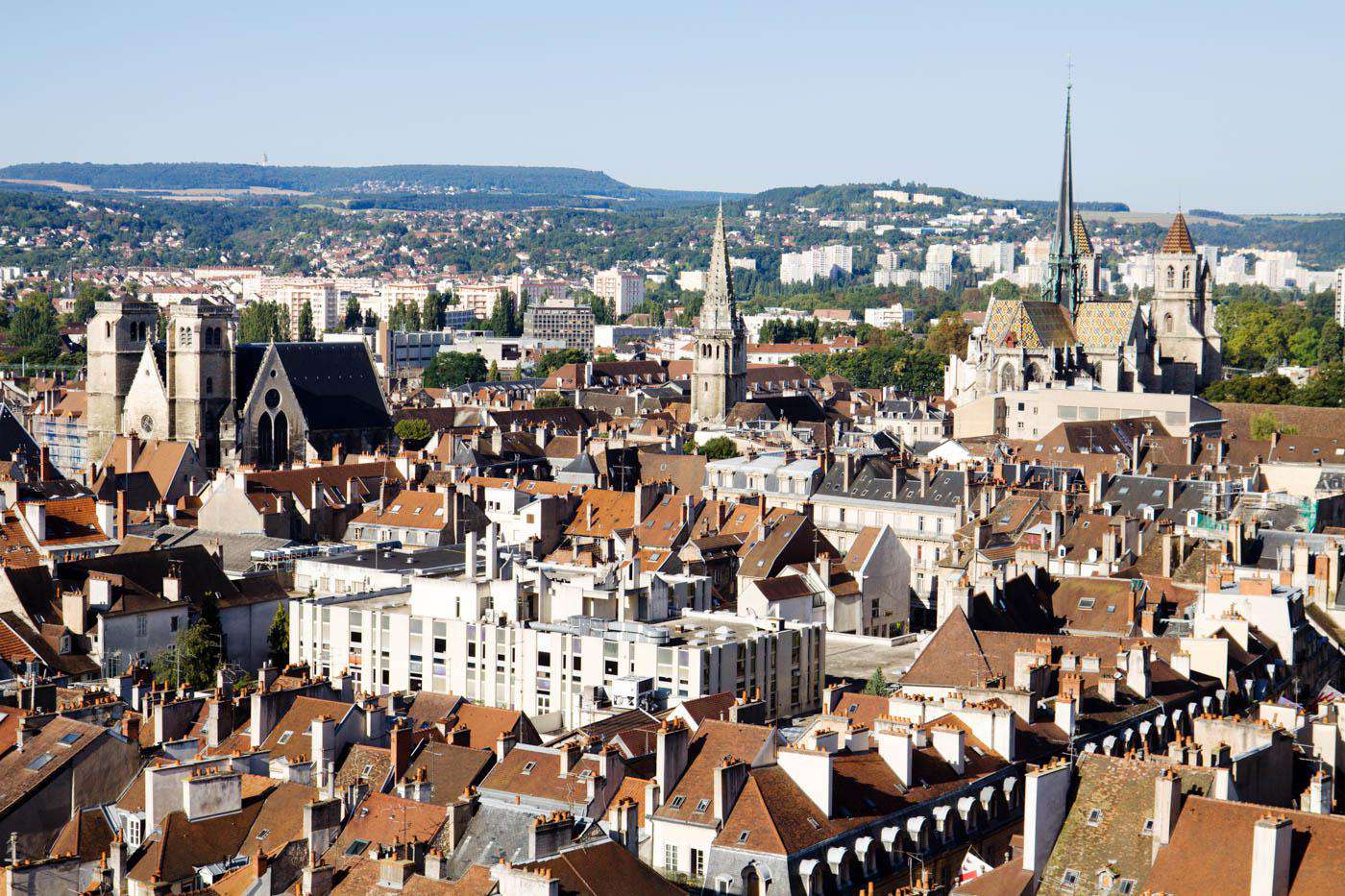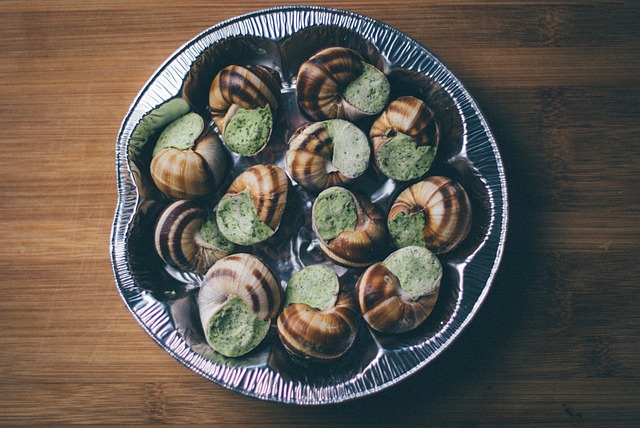The reason people visit Dijon is clear, as it offers food, museums and attractions, romance, and nightlife.
A few of the most popular sights are:
- The Dijon Central Market Hall (Free)
- The Church of Notre-Dame of Dijon (Free)
- Arquebuse Botanical Garden for
- Musée Archéologique de Dijon for €6
- The Musée de la Vie Bourguignonne (Free)
- The Palais des Ducs de Bourgogne (Free)
- Musée des Beaux-Arts de Dijon (Free)
Dijon has a large number of churches, including Notre Dame de Dijon, St. Philibert, St. Michel, and Dijon Cathedral, dedicated to the apocryphal Saint Benignus, the crypt of which is over 1,000 years old. Many still-inhabited town houses in the city's central district date from the 18th century and earlier. Dijon was largely spared the destruction of wars such as the 1870 Franco-Prussian War and the Second World War, despite the city being occupied. Therefore, many of the old buildings such as the half-timbered houses dating from the 12th to the 15th centuries (found mainly in the city's core district) are undamaged, at least by organized violence.
Among the more popular sights is the Ducal Palace, the Palais des Ducs et des Etats de Bourgogne, or Palace of the Dukes and the States of Burgundy, which includes one of only a few remaining examples of Capetian period architecture in the region.
The church of Notre Dame is famous for both its art and architecture. Popular legend has it that one of its stone relief sculptures, an owl is a good-luck charm: visitors to the church touch the owl with their left hands to make a wish. The current carving was restored after it was damaged by vandalism in January 2001.
The Grand Theatre de Dijon, built in 1828 and one of the main performing venues of the Opera de Dijon, was declared a monument historique of France in 1975. It was designed by the Dijon-born architect Jacques Cellerier (1742–1814) in the Neo-classical style with an interior modeled on Italian opera houses.
Dijon has a great self-guided walking tour that is available by map from the tourist center or through apps on any android or apple device. This tour will guide you to all of the city's major sights and attractions.
Dijon has numerous museums such as the Musee des Beaux-Arts de Dijon, the Musee Archeologique, the Musee de la Vie Bourguignonne, the Musee d'Art Sacre, and the Musee Magnin. It also contains approximately 700 hectares of parks and green space, including the Jardin botanique de l'Arquebuse.
Dijon holds an International and Gastronomic Fair every year in autumn. With over 500 exhibitors and 200,000 visitors every year, it is one of the ten most important fairs in France. Dijon is also home, every three years, to the international flower show Florissimo.
Museums and Attractions:
 Museums and landmarks are a major reason why Dijon attracts so many visitors. This historic city is filled with sights worth checking. Palais des Ducs and the Musée des Beaux-Arts, Cathédrale Saint-Bénigne, and Eglise Notre-Dame are among the favorites.
Museums and landmarks are a major reason why Dijon attracts so many visitors. This historic city is filled with sights worth checking. Palais des Ducs and the Musée des Beaux-Arts, Cathédrale Saint-Bénigne, and Eglise Notre-Dame are among the favorites.
A nice way to explore destinations in Dijon is with local tours that last just a few hours. This way you can see as much as possible in an efficient way with knowledgable guides. Prices vary by the type of activity or tour, the dates, and the size of the group. Here are a few of the highest rated tours by previous visitors:
- Private guided tour - Dijon - 2h for $236 details
- E-Bike Burgundy Tour with Tastings and Lunch from Beaune or Dijon for $236 details
- Small-Group Full-Day Tour of Côte de Nuits, Côte de Beaune Vineyards and Beaune Historical District for $143 details
 Dijon, France
Dijon, France




 Museums and landmarks are a major reason why Dijon attracts so many visitors. This historic city is filled with sights worth checking. Palais des Ducs and the Musée des Beaux-Arts, Cathédrale Saint-Bénigne, and Eglise Notre-Dame are among the favorites.
Museums and landmarks are a major reason why Dijon attracts so many visitors. This historic city is filled with sights worth checking. Palais des Ducs and the Musée des Beaux-Arts, Cathédrale Saint-Bénigne, and Eglise Notre-Dame are among the favorites. Budget Your Trip is all about finding out how much everything costs so that you can travel cheaper and longer. Created by avid travelers Laurie and Bryan, our goal is to help you plan your next trip on the right budget. With average daily travel costs that are calculated from the budgets of real travelers, plus an analysis of hotel and tour prices, you can find out how much money you need to plan your next adventure. We also have plenty of travel advice, accommodation reviews, and activity suggestions.
Budget Your Trip is all about finding out how much everything costs so that you can travel cheaper and longer. Created by avid travelers Laurie and Bryan, our goal is to help you plan your next trip on the right budget. With average daily travel costs that are calculated from the budgets of real travelers, plus an analysis of hotel and tour prices, you can find out how much money you need to plan your next adventure. We also have plenty of travel advice, accommodation reviews, and activity suggestions.